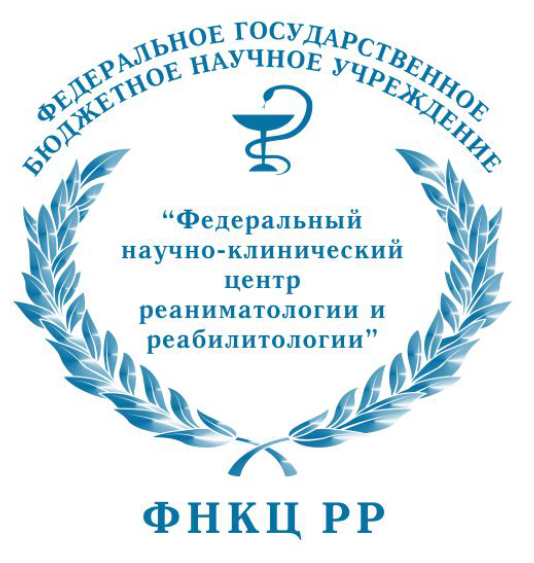
|
ИСТИНА |
Войти в систему Регистрация |
ФНКЦ РР |
||
Narrow-mouthed frogs of the subfamily Asterophryinae (Anura: Microhylidae): an addition to Indochinese herpetofaunaдоклад на конференции
- Авторы: Poyarkov N.A., Suwannapoom C.
- Международная Конференция (Конгресс) : XX European Congress of Herpetology
- Даты проведения конференции: 2-6 сентября 2019
- Дата доклада: 3 сентября 2019
- Тип доклада: Устный
- Докладчик: Poyarkov N.A.
- Место проведения: Милан, Италия, Италия
-
Аннотация доклада:
Asterophryinae is the most speciose subfamily within Microhylidae, comprising over 330 species distributed mostly in northern Australia, New Guinea, and adjacent Australasian islands. While Microhylidae are supposed to have originated from Gondwanaland, “the Antarctic route scenario” was proposed for asterophryines, suggesting that their ancestor colonized Australia via Antarctic land bridge and subsequently dispersed to Australasia, but was unable to cross the Wallace line. Kurabayashi et al. (2011) demonstrated that the genus Gastrophrynoides from Borneo and Malay Peninsula belongs to Asterophryinae. Our recent surveys in Indochina resulted in discovery of two new genera and four new species of Asterophryinae: Siamophryne from Thailand (Suwannapoom et al., 2018) and Vietnamophryne from Vietnam and Thailand (Poyarkov et al., 2018). These discoveries are of biogeographic importance: together with Gastrophrynoides the two new genera form a clade sister to all remaining Asterophryinae, thus strongly supporting the “out of Indo-Eurasia” biogeographic scenario for asterophryines, suggesting that the basal split of the subfamily may have occurred on the Eurasian mainland from where it dispersed to Australasia. Eurasian asterophryines demonstrate varying ecological specializations: Siamophryne is the only known to date troglophilous frog, with very peculiar tadpole morphology not reported for other anurans, while Vietnamophryne and Gastrophrynoides have semi-fossorial lifestyle; arboreal forms were also discovered. Presence of larval stage represents a fundamental difference between the Indochinese and Australasian “core” Asterophryinae. Further survey efforts demonstrated that diversity of Asterophryinae in Indochina is still underestimated. This study was carried out with financial support from the Russian Science Foundation (RSF grant № 19-14-00050).
- Добавил в систему: Поярков Николай Андреевич